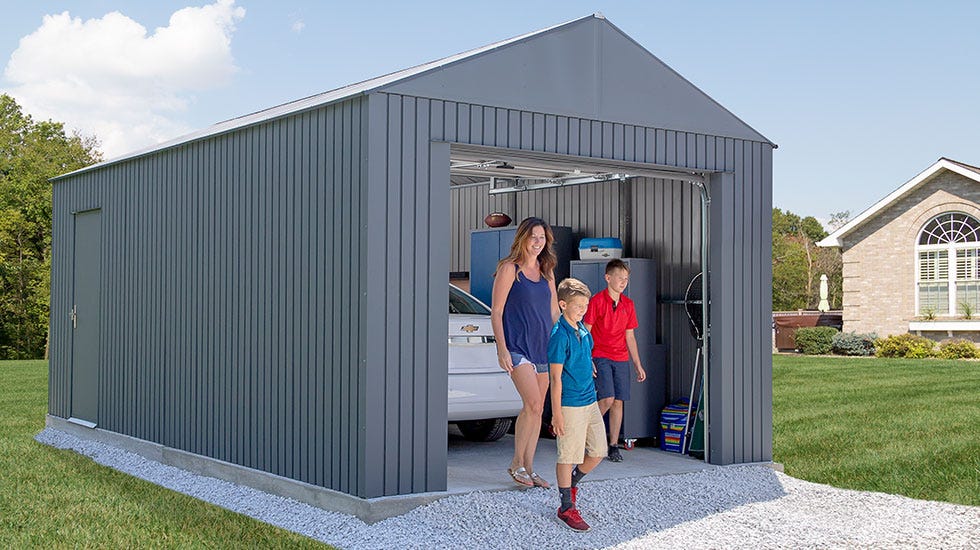Artificial turf is now widespread in many sporting grounds, like hockey and football fields because it is durable and easy to maintain. It’s a great alternative to grass that requires a lot of care and requires replacement at the end of the season, as it is exposed to extreme wear and wear and tear. Nowadays artificial turf is commonly utilized not just in stadiums but also in arenas, indoor golf courses, and even in restaurants (really?) and is now being used in private yards.
Types Of Artificial Turf
Three primary kinds of artificial turf are named based on how they are laid. Sand-filled, sand-dressed, and water-based, unfilled is the most commonly used kinds, and you will discover that they are the most common kinds of artificial turf used for sporting pitches.
- Unfilled artificial turf is the most popular type, and, as the name implies the pile of turf is not filled with any substance. This kind of artificial grass is also known as water-based because it must be soaked with water before its use. It is not unusual to observe an unfilled pitch being watered at halftime during games, particularly in hot temperatures. The reason this design is preferred overfilled with sand is that the water base protects against abrasions, which are common on sand-filled pitches.

- Artificial turf that is sand dressed requires the pitch to be filled with approximately 6-8mm at the top of the turf blades with sand. Since the sand is not visible, it can be easy to misinterpret the sand-dressed pitch as a water-based pitch. However, anyone who can slide across the surface is capable of discerning the difference because the sand is quite rough.
- There is also sand-filled artificial turf that is completely covered with sand. This type of artificial grass creates an extremely tough pitch that can cause slower ball speeds when compared to the speed of the ball on sand or unfilled covered pitch. When you slide across a sand-filled surface will certainly cause scratches, and for this reason, games that often bring players in contact with the ground, for example, rug, are typically played on water-based pitches.
The size of the field and the amount of water available and the type of game, which will be played, will decide the kind of artificial turf selected for a pitch. There is no distinction between a pitch that is not filled or sand-dressed and, therefore, when water isn’t readily available on a pitch without water and sand-dressed is the best preference. Sand-filled pitches are mostly used for games like hockey and similar sports in which there is very little contact between players and synthetic turf pitches.




